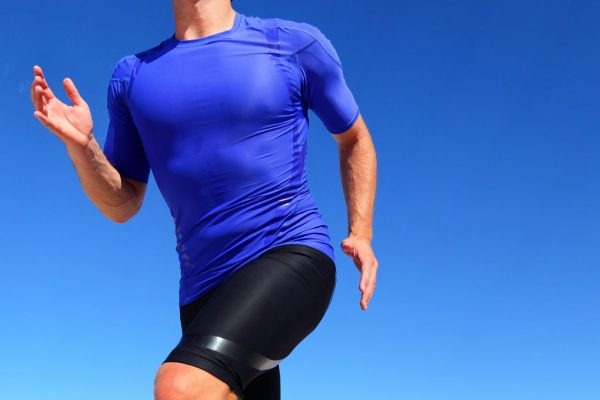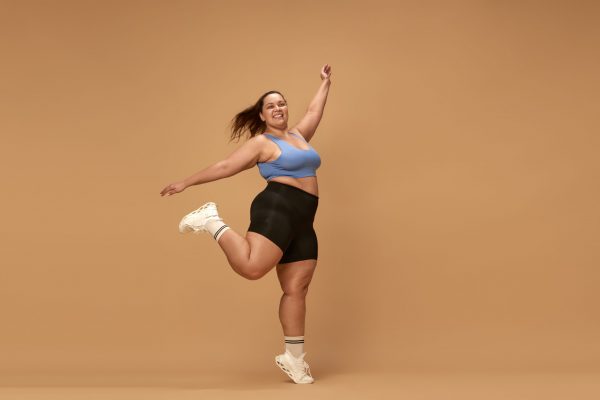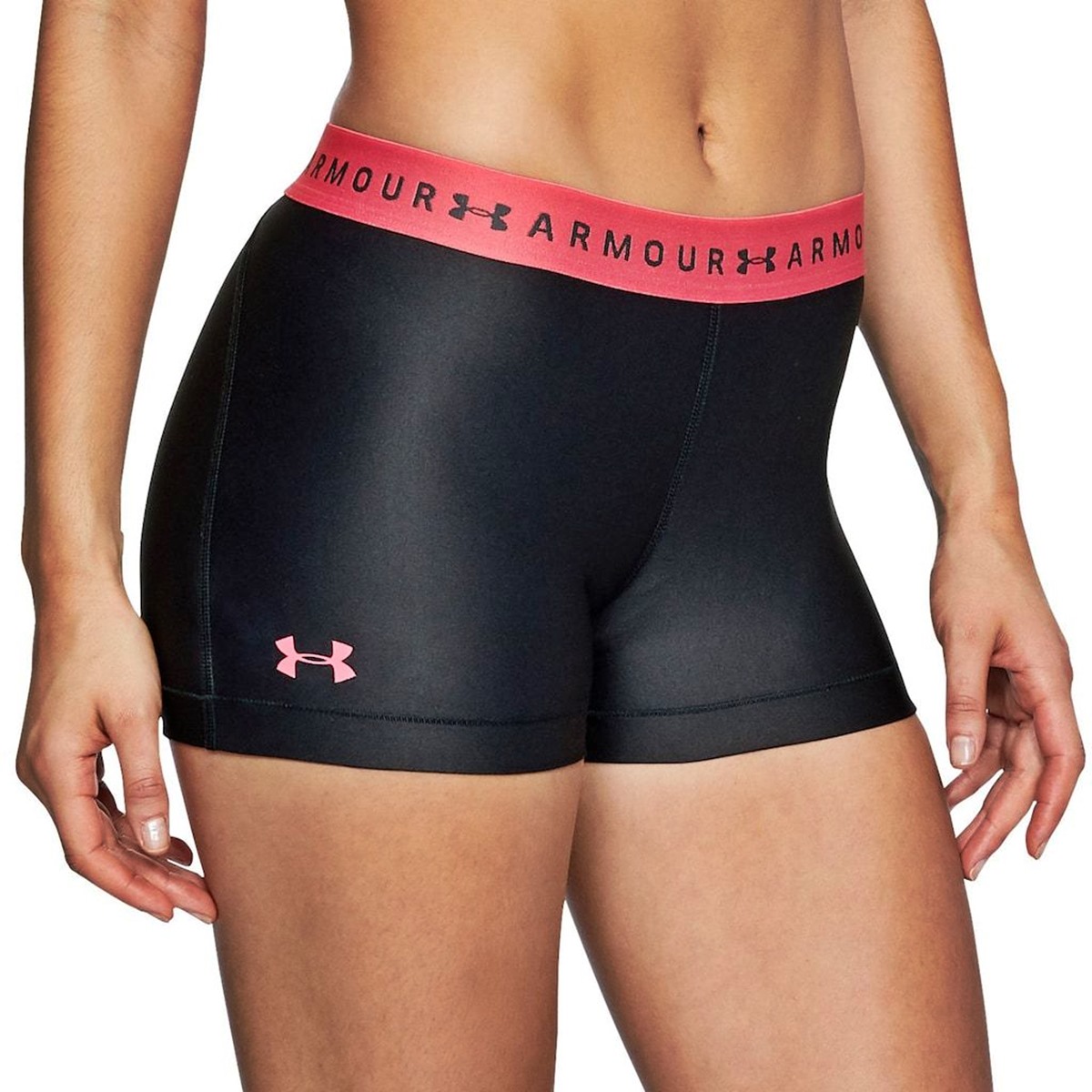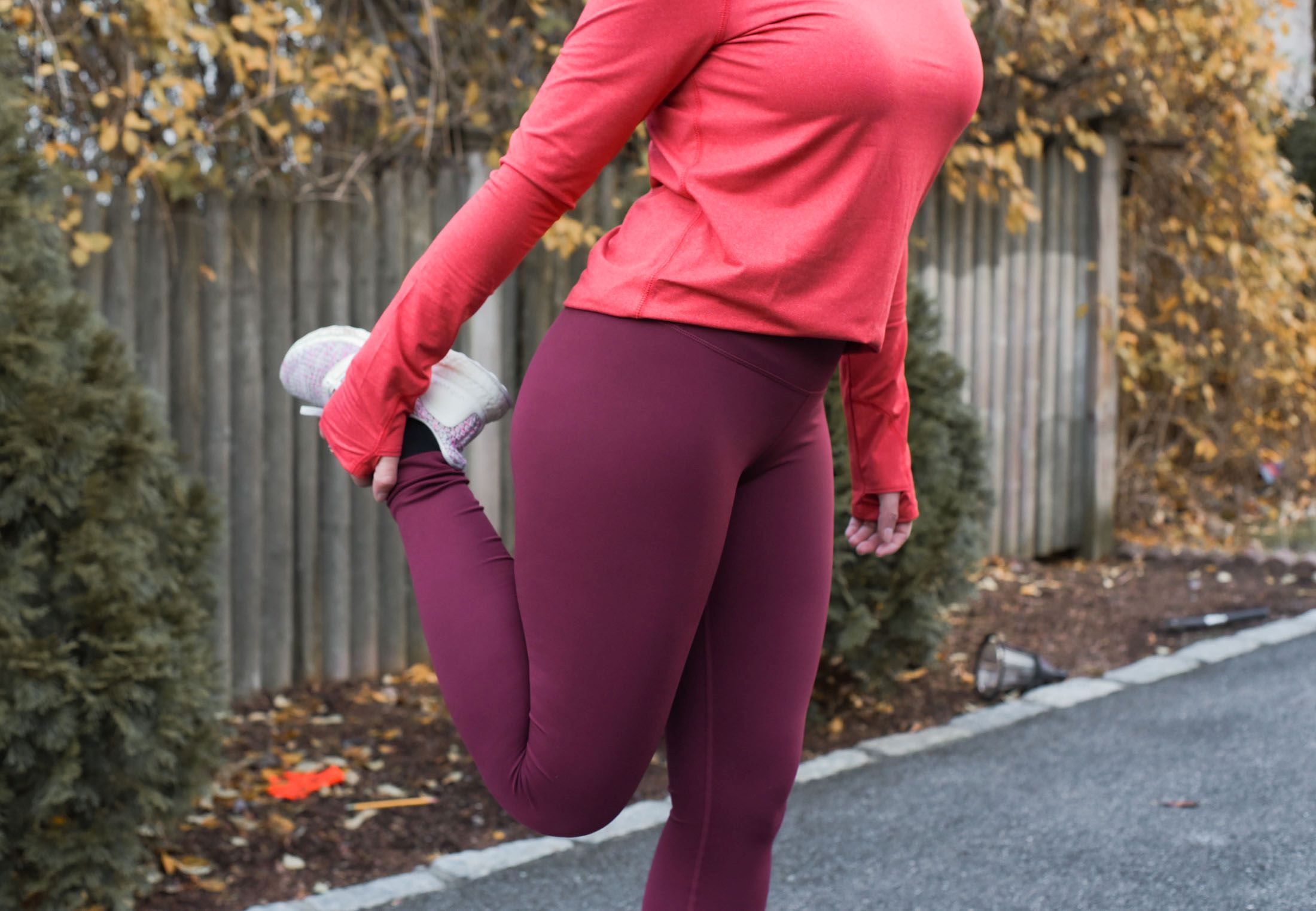Home>Shop by Feature>Design: Best Running Shorts>Making Every Run Comfortable: How to Choose Running Shorts


Design: Best Running Shorts
Making Every Run Comfortable: How to Choose Running Shorts
Modified: January 22, 2024
Get ready for your next run with all the tips and advice you need on choosing running shorts. Learn what features will make sure you stay comfortable mile after mile.
Running is an invigorating experience, a combination of physical exertion, mental fortitude, and the right gear. The first step in ensuring a comfortable run is choosing the right pair of running shorts. But with so many options available, selecting the perfect pair can seem like an uphill task. In this comprehensive guide, we’ll walk you through the essentials of choosing running shorts for maximum comfort.
Understanding the Importance of Running Shorts
Before delving into the specifics, let’s understand why choosing the right running shorts is crucial. As runners, we often pay more attention to our shoes, overlooking the fact that shorts play an equally vital role in our comfort and performance. A well-chosen pair of running shorts can prevent chafing, provide ample storage, and offer breathability, making your run a breeze.
Different Types of Running Shorts and Their Pros & Cons
In the realm of running gear, shorts come in various types, each offering unique advantages and tailored for different running environments. Here are the main types and how they contribute to your running comfort:
- Split shorts: Known for their high-cut sides, split shorts offer maximum leg mobility. They’re lightweight and allow excellent ventilation, making them ideal for hot climates and long distances. The potential downside could be the lack of adequate coverage that some runners might prefer.
- V-notch shorts: These shorts have a side seam, offering a balance between coverage and freedom of movement. They are versatile and suitable for various running conditions.
- Long running shorts: Offering more coverage, these shorts are ideal for runners who prefer a more conservative style or require additional support. The downside is they may be less breathable compared to split or V-notch shorts.
- Compression shorts: These form-fitting shorts provide muscle support and can enhance performance. They’re great for cold weather, but some runners might find them too restrictive for hot conditions.
- 2-in-1 shorts: Combining the advantages of traditional shorts and compression shorts, 2-in-1 shorts offer support, coverage, and comfort. The main drawback is that they can be warmer than other styles.
Key Factors to Consider When Choosing Running Shorts
Choosing the right running shorts is not a one-size-fits-all process. Several factors should influence your decision to ensure maximum comfort:
- Material: Always opt for lightweight, breathable materials that wick moisture away. Polyester and nylon are popular choices. Avoid cotton as it tends to absorb sweat and can lead to discomfort.
- Fit: The fit should provide a balance between freedom of movement and adequate coverage. It should align with your personal comfort and modesty preferences.
- Length: This depends on your comfort level and the type of running. Longer shorts offer more coverage and are suitable for trail running, while shorter ones provide more freedom of movement, ideal for racing or intensive training.
- Waistband: Look for shorts with a non-abrasive and secure waistband. An adjustable drawstring is a useful feature to ensure a perfect fit.
- Pockets: If you like to carry essentials like keys, gels, or your phone, look for shorts with adequate pocket space. Some shorts even have secure zip pockets for valuable items.
- Reflectivity: For those who run early in the morning or late at night, reflective elements on shorts can enhance safety.
- Liner: Some runners prefer shorts with a built-in liner for additional support, while others might find them uncomfortable. This is entirely personal preference.
Conclusion
When it comes to running shorts, comfort is king. Take your time to consider your specific needs, preferences, and the conditions you’ll be running in. Remember, the perfect pair of running shorts is the one that makes you forget you’re wearing any. It allows you to focus solely on the exhilarating experience of the run.
FAQ
Are expensive running shorts worth it?
Higher-priced running shorts often offer features like moisture-wicking materials, anti-chafing seams, and secure pockets. Whether these features are worth the extra cost depends on your running needs and budget.
Can I wear regular shorts for running?
While you can wear any shorts for running, running-specific shorts are designed for the activity. They offer features like breathability, freedom of movement, and sweat-wicking properties, which can enhance your running comfort.
Are shorter running shorts better?
Shorter shorts offer more freedom of movement, which can be beneficial for speedwork or racing. However, what’s “better” largely depends on personal preference and the type of running you do.
Should running shorts be tight or loose?
The fit of your running shorts should strike a balance. They should be loose enough to allow freedom of movement but not so loose that they cause chafing or ride up when you run.
Do I need different running shorts for different seasons?
Yes, for comfort, you may want lighter, more breathable shorts for summer and longer, compression-style shorts for colder months. Additionally, if you run in the rain, water-resistant running shorts could be a worthwhile investment.









